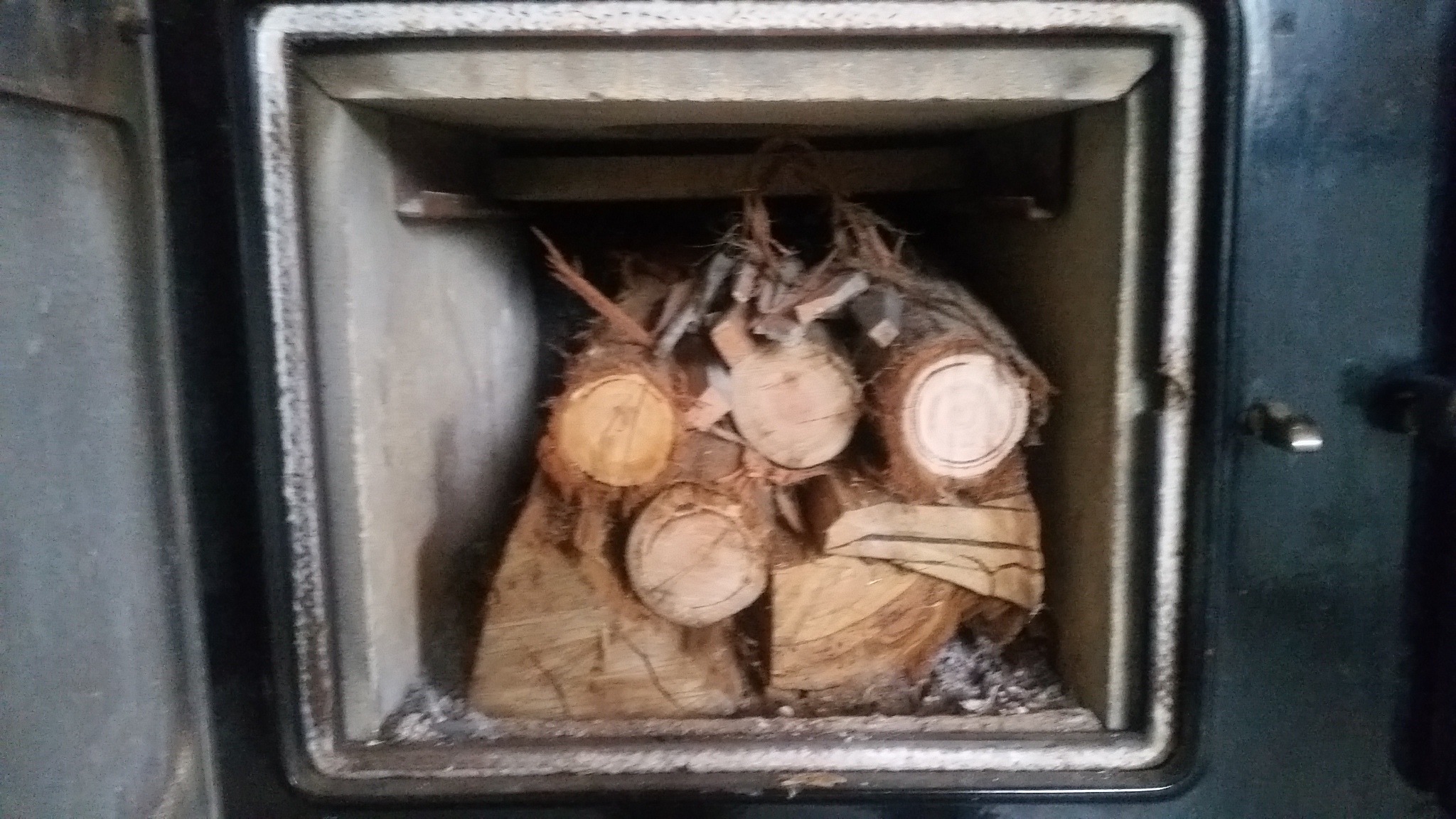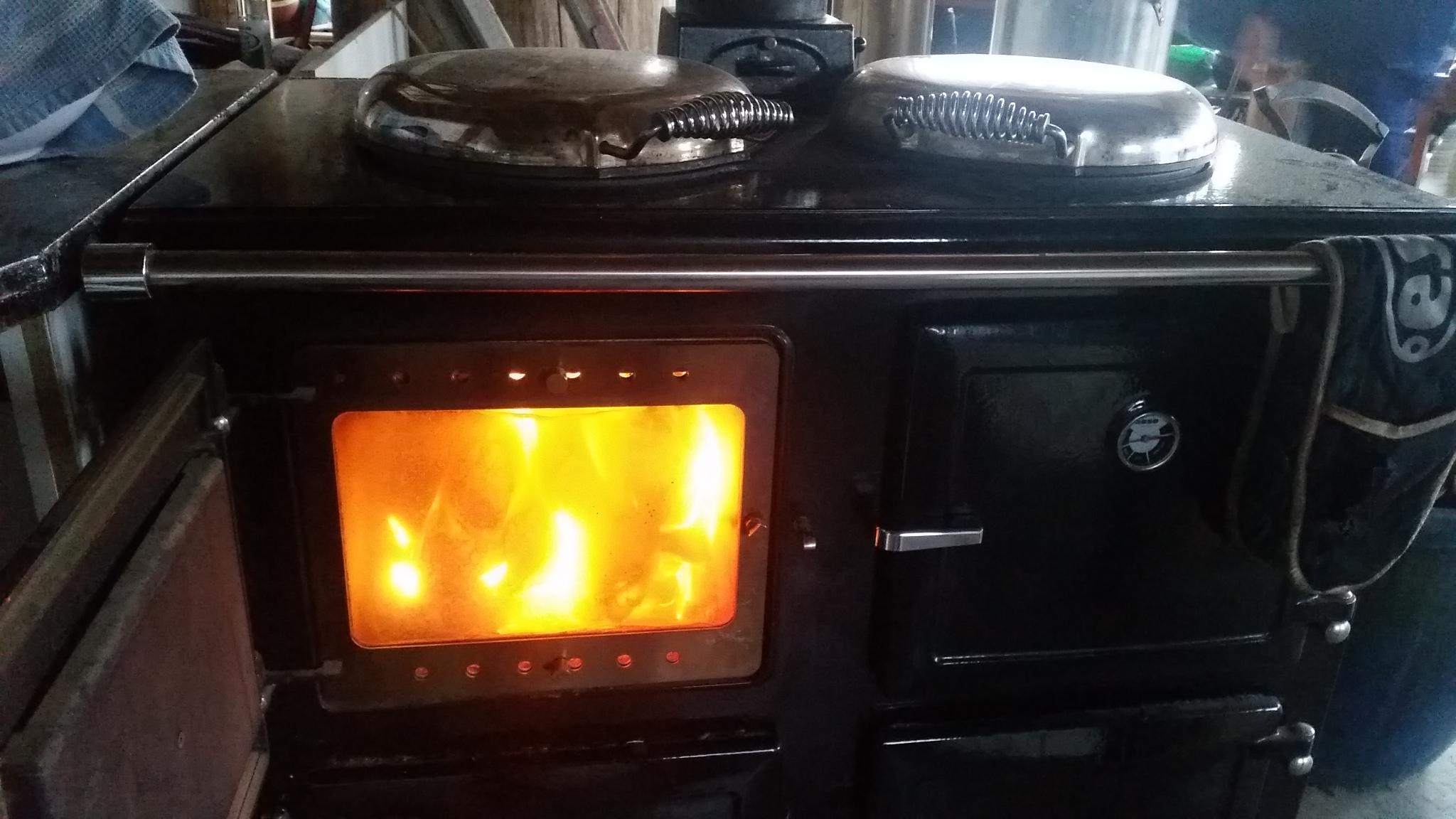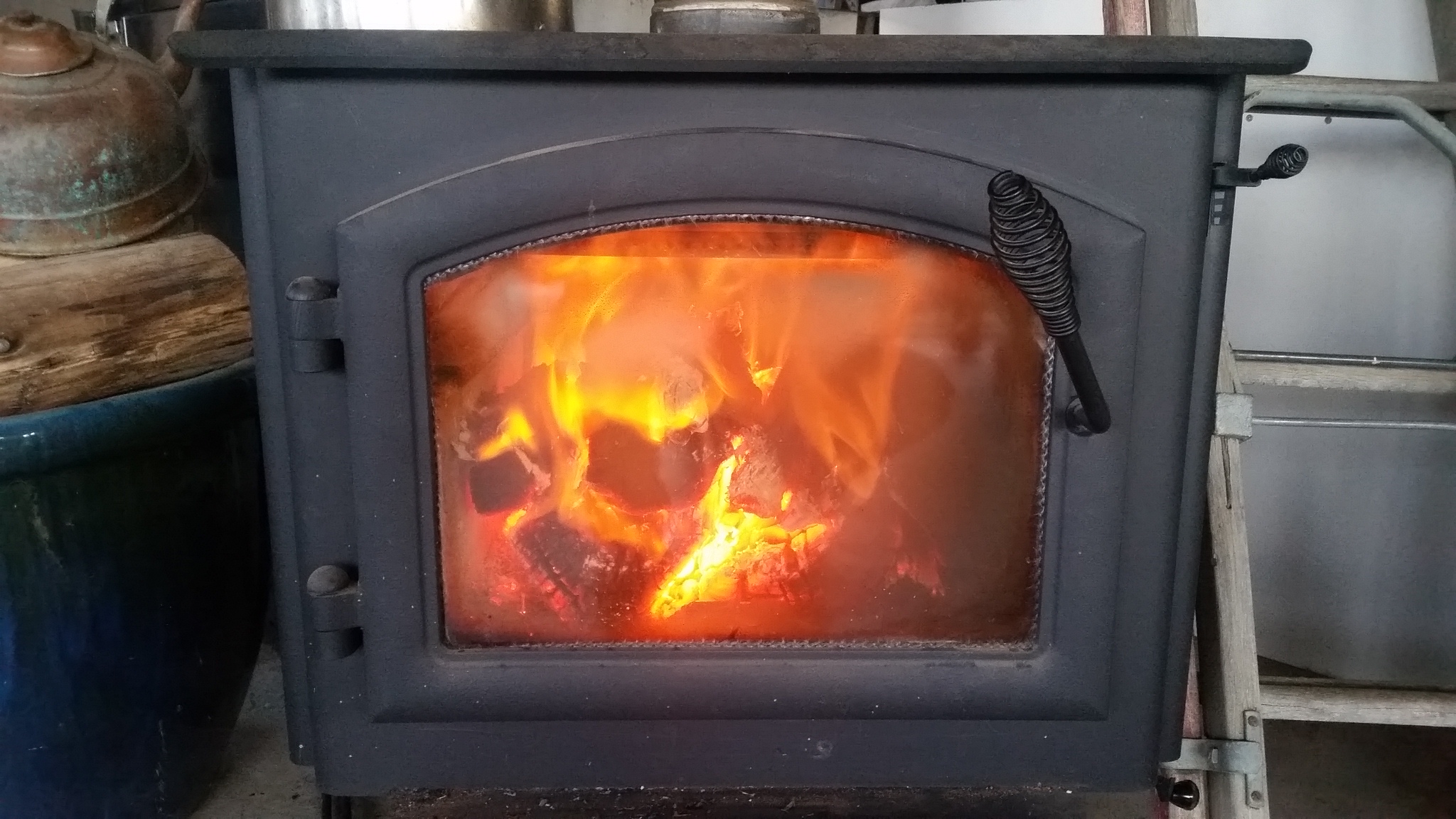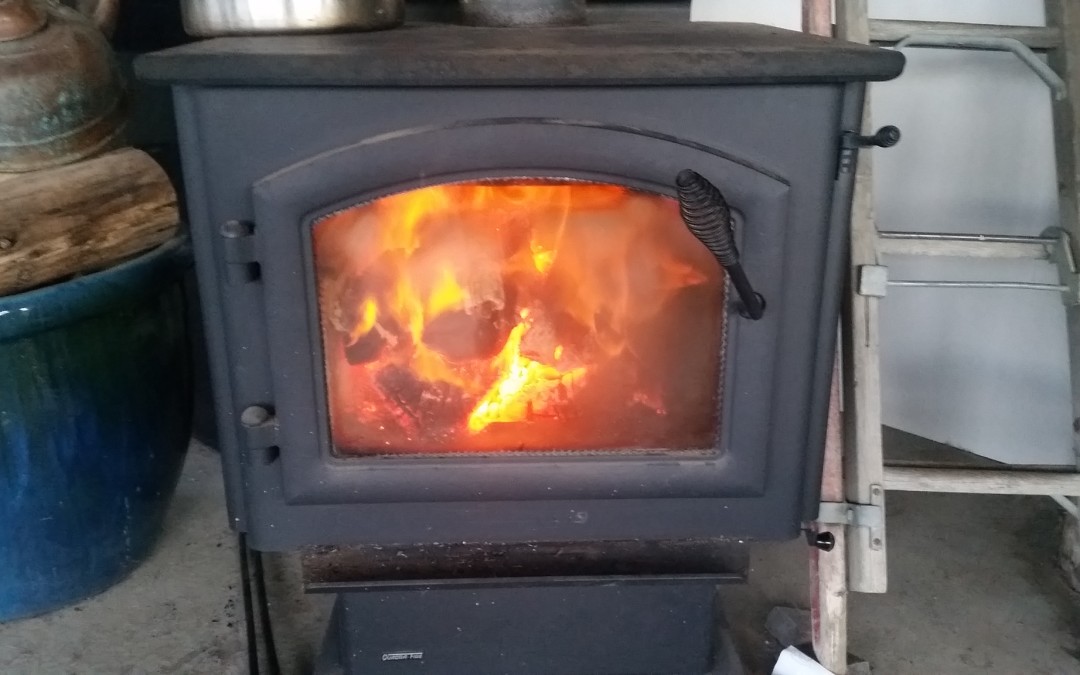noun: life hack
-
a strategy or technique adopted in order to manage one’s time and daily activities in a more efficient way.
Life Hack – Building an Awesome Wood Fire Every Time
For some people, the only time they build a fire may be for a yearly barbecue, or maybe an anniversary visit to a log cabin in the mountains.
That is not the case at The House That Worked Out. For the last seven years, we have been hugely reliant on wood fires to provide our heating, our cooking, and our hot water. For four of those years, we lit wood fires daily almost all year around; now we have solar hot water, so for half the year, we don’t need a fire anymore. Right now, though, it is winter, and we are back to lighting fires to heat the house, to heat our water, and to cook on.
For these past seven years, we have built the fire in the traditional way: crumpled newspaper on the bottom, followed by bark and kindling, followed by the bigger pieces of wood, the whole thing shaped like a tipi. Many, many times, we have had to babysit our fires for the first twenty or so minutes until they are strong enough to be left alone. The logs can shift and settle, smothering the flames before the fire has even really started. And all those logs in the tipi can limit the oxygen reaching the flames: this is why you see people fanning or blowing on the fire to get it going. Our experience is that lighting fires (without firestarters) is a time-consuming process. And that is time we could better be spent doing something else. Like watching Game of Thrones.
Enter- the Amazing Upside Down Fire!
Recently, I came across some information which turned our preconceptions upside down. It suggested that a more efficient fire is built UPSIDE DOWN: big logs in the bottom, smaller logs on top, kindling, bark, and newspaper on the very top, like a cherry.
It has been a revelation.
No more fussing and poking, blowing and fanning. The Upside Down Fire does not need tending. And it burns HOT and LONG.
The Upside Down Fire fire looks pretty unimpressive for about fifteen minutes after lighting; the flames are little and undramatic, and nothing much seems to be happening. But the main thing is that it doesn’t go out. Eventually, the little embers light the bigger pieces of wood, and so on it goes until your big logs at the bottom are burning red coals, all without having added any more logs to the fire.
Tutorial

-
Place your big logs snugly side by side to form a base.
-
Use slightly smaller logs on top of these.
-
Place your kindling on top. We are stingy with kindling, since it is more of a pain to collect, but we have found that it is better to be generous with the kindling (more generous than we have been in this photo).
-
Since we don’t use firestarters, we use bits of stringybark along with the newspaper to get the fire started. Bark takes longer to burn, so it makes a nice transition from the newspaper to the rest of the kindling.
Here, you can see that the kindling has been burned and that the fire has dropped down.

And voila! Without any babying or fussing, we have a lovely, blazing fire.

And here is our wood heater, using the same Upside Down method.

So nice!
My theory is that this method works so well because the flue immediately heats up with the flames at the top of the fire, creating a good draft. Also, the fire is never suffocated under a heap of logs; it sits on top and uses fuel as it needs it, from the top down.
I think this method would be trickier outdoors, but if the top of the fire was protected in a little ‘house’, I see no reason why it wouldn’t work just as well. We will let you know.
This is one Life Hack we will be using from now on every single time.


Hi! Thanks! I’m wondering what brand is your cook stove?
Hi, Elizabeth. It is an Esse 990. The Esse stoves are made in Britain, and they are renowned for being very efficient and clean compared with other wood stoves (they use something like 20% more of the available heat because of their baffle system, I think. Once i have finished researching, I promptly forget all of it.). The Esse 990 is a 3-oven wood stove with a water jacket, meaning it can be hooked up to heat your hot water. We rarely use the third oven, and only one has the built-in temperature gauge. There is heaps of room on the dogbone hotplate- we have up to four pots cooking at once. We looooooove our Esse. Very expensive, though. Worth more than the rest of our house ha ha. Well, not quite, but it was a major expenditure.